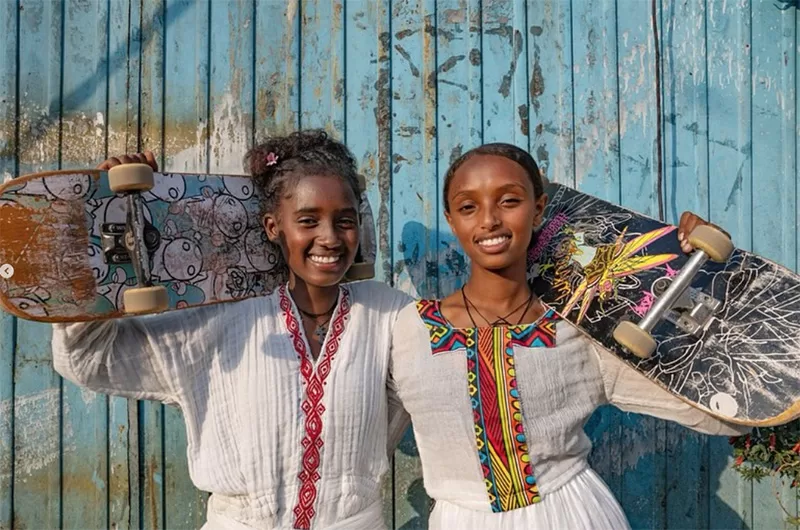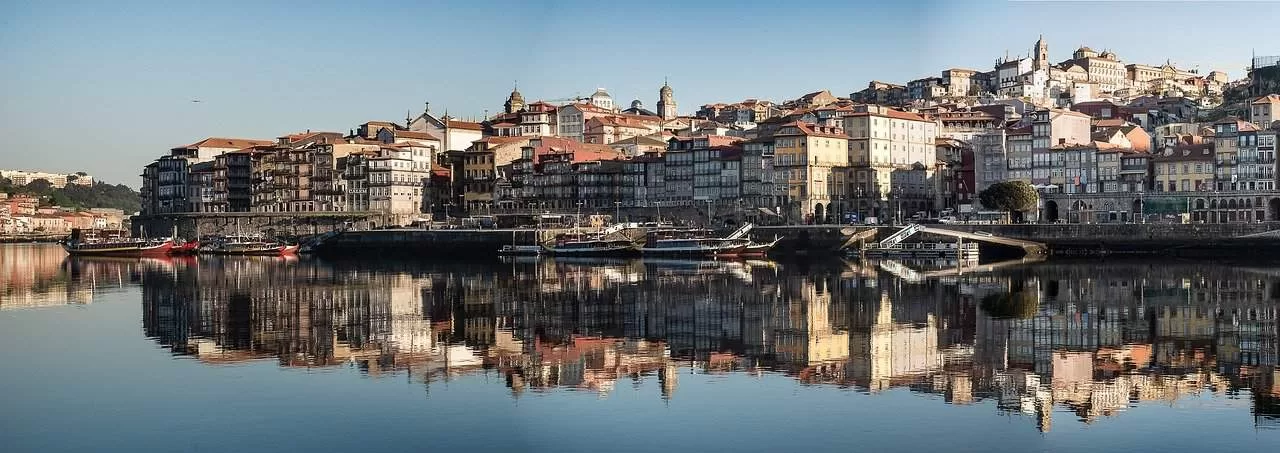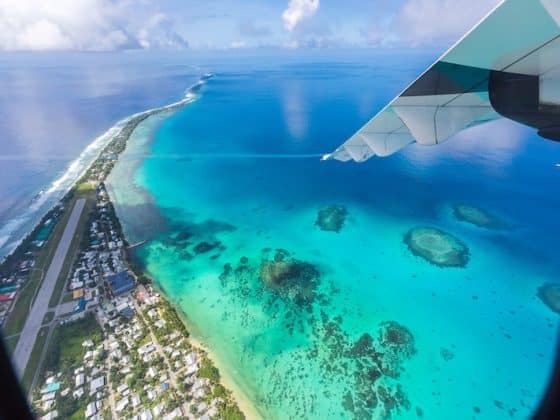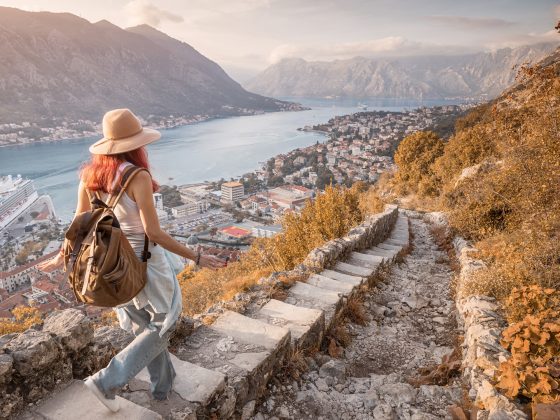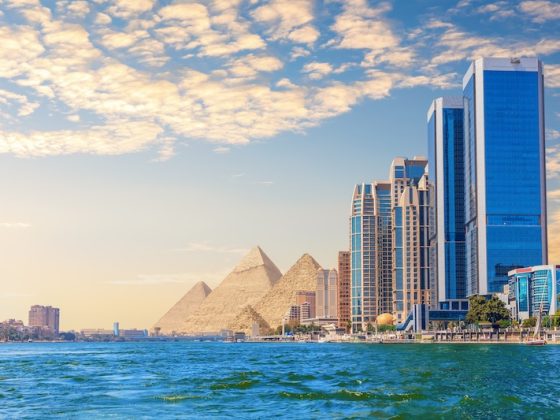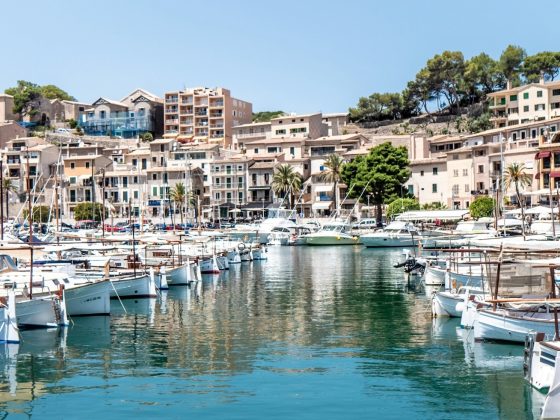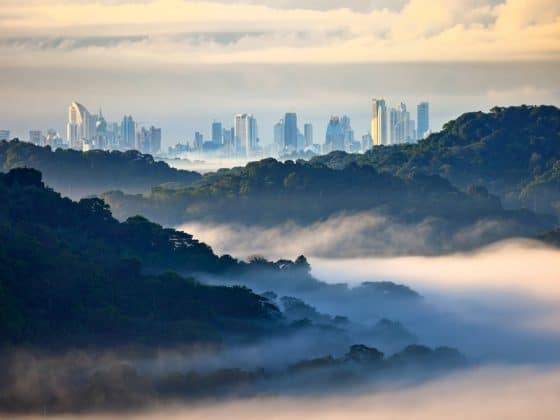In the stillness of early Saturday mornings, something unexpected stirs in Addis Ababa. Beneath a soft haze of rising dust, a smooth echo breaks the silence—the rhythmic clap of skateboard wheels striking concrete. It’s not a scene you’d expect in the heart of Ethiopia’s capital, nor are the faces you see on the boards what tradition might predict. Here, at Addis Skate Park, it’s not boys dominating the terrain. It’s girls.
Young women, some as young as ten, arrive in groups to practice drop-ins, balance drills, and pop shove-its. They come in sneakers worn thin, headscarves tied tightly, eyes alight with focus. These aren’t just skaters. They are pioneers in a country where public space, and often autonomy itself, has not always belonged to them. And through skateboarding, they’re quietly redefining what it means to be a girl in Ethiopia.
Skating in a Culture of Limits
Ethiopia is a country with rich traditions, layered cultures, and deep-rooted gender norms. For decades—centuries, even—expectations for girls have followed a narrow script: domestic, obedient, modest, quiet. The idea of sports participation, particularly in male-dominated activities like skateboarding, was not just discouraged—it was often unheard of.
“There were no girl skateboarders when I started,” recalls Helina Solomon, founder of Set Skateboarding and one of Ethiopia’s earliest female skaters. She remembers the backlash clearly—how boys at the park treated her presence as a provocation, how skating as a girl meant enduring unwanted attention and outright hostility.
In the eyes of many, skating wasn’t just unusual for girls—it was inappropriate. Too loud. Too bold. Too public. A sport that demanded space, demanded visibility, demanded a kind of freedom girls weren’t supposed to claim
Still, they came. And kept coming. What began as resistance turned into ritual. Each shove of the board, each fall and rise, chipped away at the assumptions of who belonged where. For every girl who rolled through the park, something old cracked open—and something new came into view.
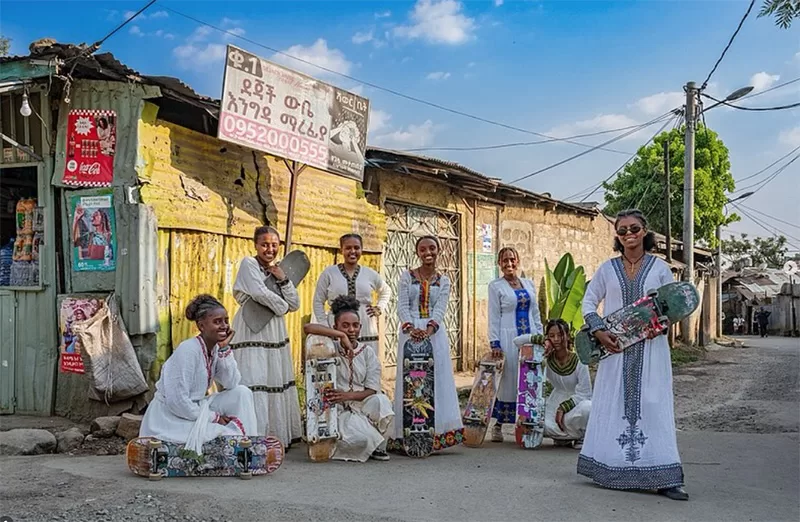
A New Space, A New Script
The formation of Ethiopian Girl Skaters (EGS) marked a turning point. Led by Sosina Challa, a visual artist and one of the initiative’s founders, EGS emerged from a desire to create space—not just for skating, but for transformation.
“I was worried that parents may not permit their daughters to participate and no girls or women would show up,” Challa admitted. But when they launched their first session, more than 40 girls came. Girls between the ages of 10 and 25 showed up to claim the space they’d been denied elsewhere.
What began as a weekend gathering has grown into a movement. Addis Skate Park—once an overwhelmingly male domain—has become a stage for resilience. And every time a girl drops into a bowl, lands a trick, or simply stands tall on her board, she wears away a cultural wall that once seemed immovable.
Confidence on Concrete
For many of the skaters, the board represents something much larger than sport. It’s a vehicle for confidence, control, and community.
That sense of flight—of freedom—is critical in a society where girls often face constraints on their movement, behavior, and choices. Through skateboarding, they not only reclaim public space but begin to internalize a new sense of agency.
And that confidence isn’t just physical. It shows up in the way the girls speak, the way they stand, the way they encourage each other. On the board, they’re not competitors; they’re a crew. One skater falls, another rushes to help her up. They cheer for each other’s progress. They share boards. They swap tips. They stand together.
And that confidence isn’t just physical. It shows up in the way the girls speak, the way they stand, the way they encourage each other.
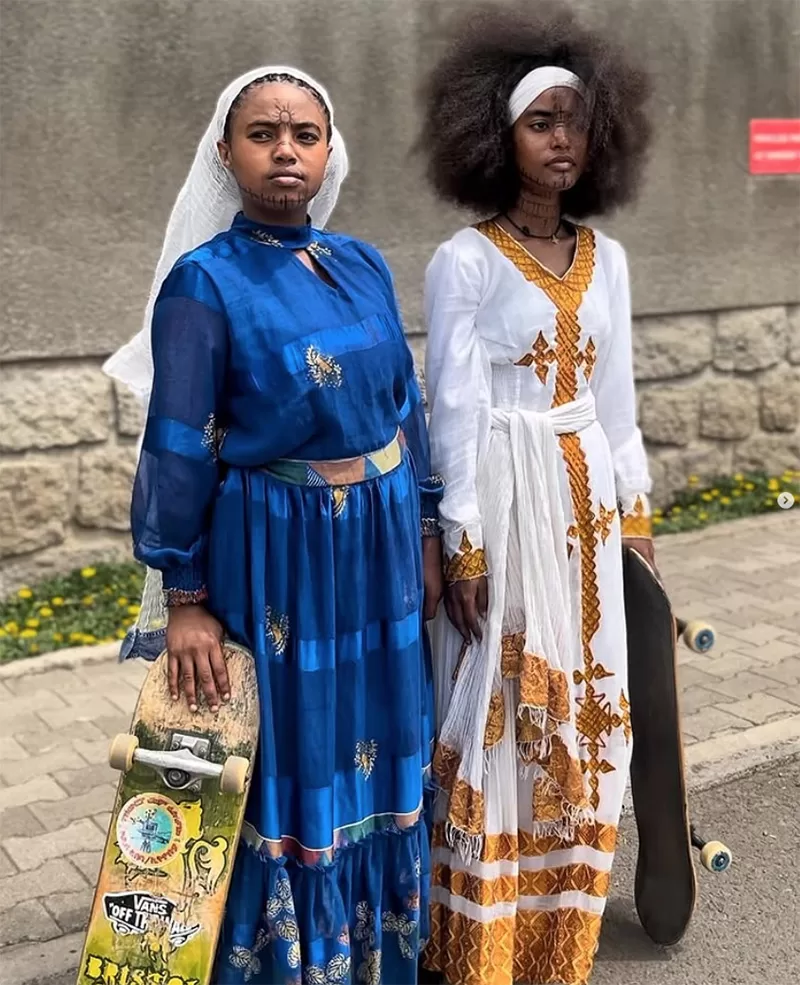
Reclaiming Public Space
In Ethiopia, as in many parts of the world, the street has long been coded male. Public space is often treated as a proving ground for boys and a potential threat to girls. Those who step into it risk harassment, shame, or worse. But for the girls of Addis Skate Park, skating is an act of reclamation. They are visible. Loud. Unapologetic.
“This is ours too,” their presence says. Their impact is already reshaping perceptions. Passersby who once jeered now stop to watch. Some smile. Others ask questions. Slowly, the narrative is changing. Skating is becoming normalized—for girls, by girls.
And this is critical. Because visibility breeds permission. When one girl sees another doing something she was told she couldn’t, something shifts. Suddenly, the unthinkable becomes possible.
For the girls of Addis Skate Park, skating is an act of reclamation. They are visible. Loud. Unapologetic.
The Mentors Who Paved the Way
None of this happened in a vacuum. The girls skating today stand on the shoulders of a small, brave generation of pioneers like Helina Solomon, who not only endured bullying and harassment but chose to stay and build something for those who would follow.
Solomon’s initiative, Set Skateboarding, began with one mission: to challenge the idea that skateboarding was for boys only. Today, she continues to mentor and train girls, pushing through logistical challenges—lack of boards, rough terrain, community skepticism—with the same grit she honed while learning to ride herself.
Her legacy is visible in every confident push-off, every hesitant-but-determined drop-in at the park. Her voice, and others like hers, have made it just a little easier for the next generation to roll forward.
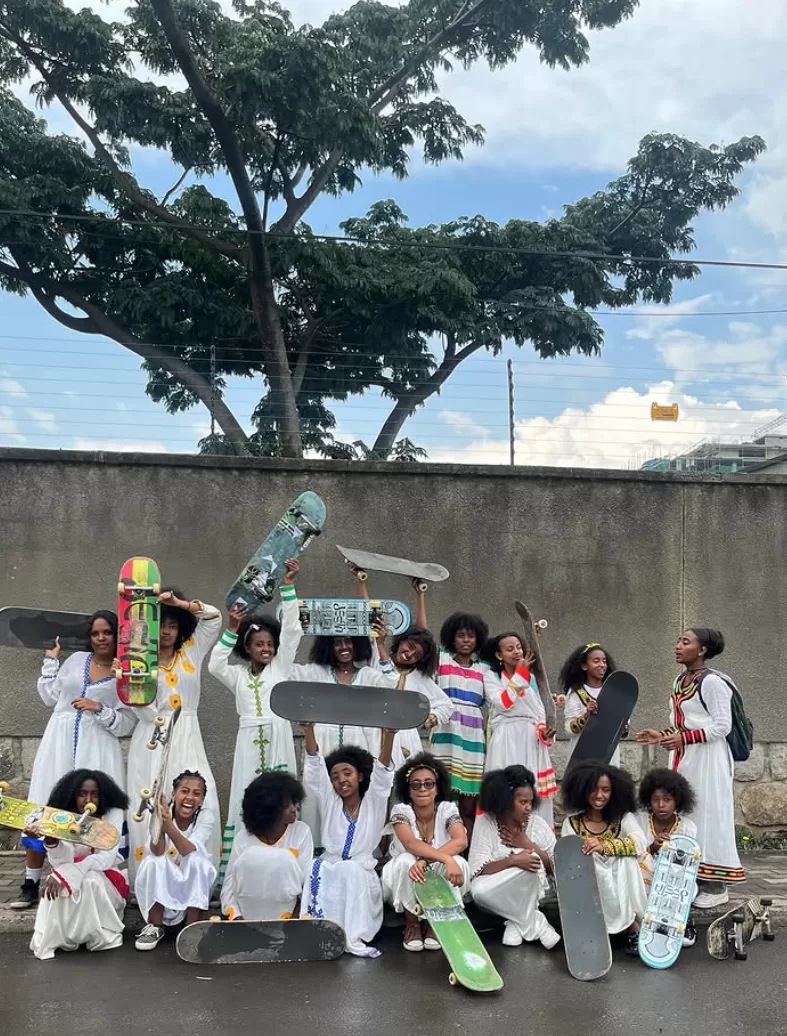
More Than a Sport
What makes this movement remarkable is that it’s not really about skateboarding—not entirely. It’s about what the sport makes possible. Through skating, girls are learning to take risks, to fall and rise, to occupy space, to speak up. These are skills that transcend sport and touch every part of their lives—education, employment, relationships, self-worth.
According to Global Voices, skateboarding has helped many of these girls “build their confidence and challenge gender norms.” It has given them a platform to show what strength looks like when it doesn’t conform to tradition.
And for a growing number of families, the transformation is becoming undeniable. Parents who once hesitated now drop their daughters off at the park with quiet pride. Some stay to watch. A few even ask if they can learn too.
Through skating, girls are learning to take risks, to fall and rise, to occupy space, to speak up.
Challenges Still Ahead
For all its progress, the movement is still fragile. Boards are expensive and hard to come by. Safety gear is limited. Addis Skate Park is one of the few proper facilities in the country. Outside of the capital, access to skating infrastructure is nearly nonexistent.
And societal resistance hasn’t vanished. Girls still face street harassment, sexist remarks, and the subtle pressure to “stay in their place.” But they skate anyway.
“Every time I fall, I get up,” says Challa. “That’s how we learn.” That spirit—gritty, graceful, unrelenting—is what powers the movement forward.

A Blueprint for Change
The Ethiopian girl skaters are not just rewriting the rules for sports. They’re creating a model for how cultural change can start small, grow quietly, and ultimately shift an entire paradigm.
Their story has now reached global platforms—from short films to international skate collectives offering support. But the real change is local, personal, lived every Saturday morning when another girl shows up, nervous but ready, and takes her first push.
These girls are not waiting for permission. They are not asking for validation. They are making their mark, leaving scratches in the concrete—and in the collective consciousness of a country on the cusp of change. In a world that still often tells girls to sit still, their message is as loud as a grinding board: Move. Fall. Rise. Repeat.
The Ethiopian girl skaters are not just rewriting the rules for sports. They’re creating a model for how cultural change can start small, grow quietly, and ultimately shift an entire paradigm.
————–
Isha Sesay is Escape Artist’s Associate Editor. Born in London, she has spent the past decade living and working across the globe, and now calls Barcelona, Spain, home.
